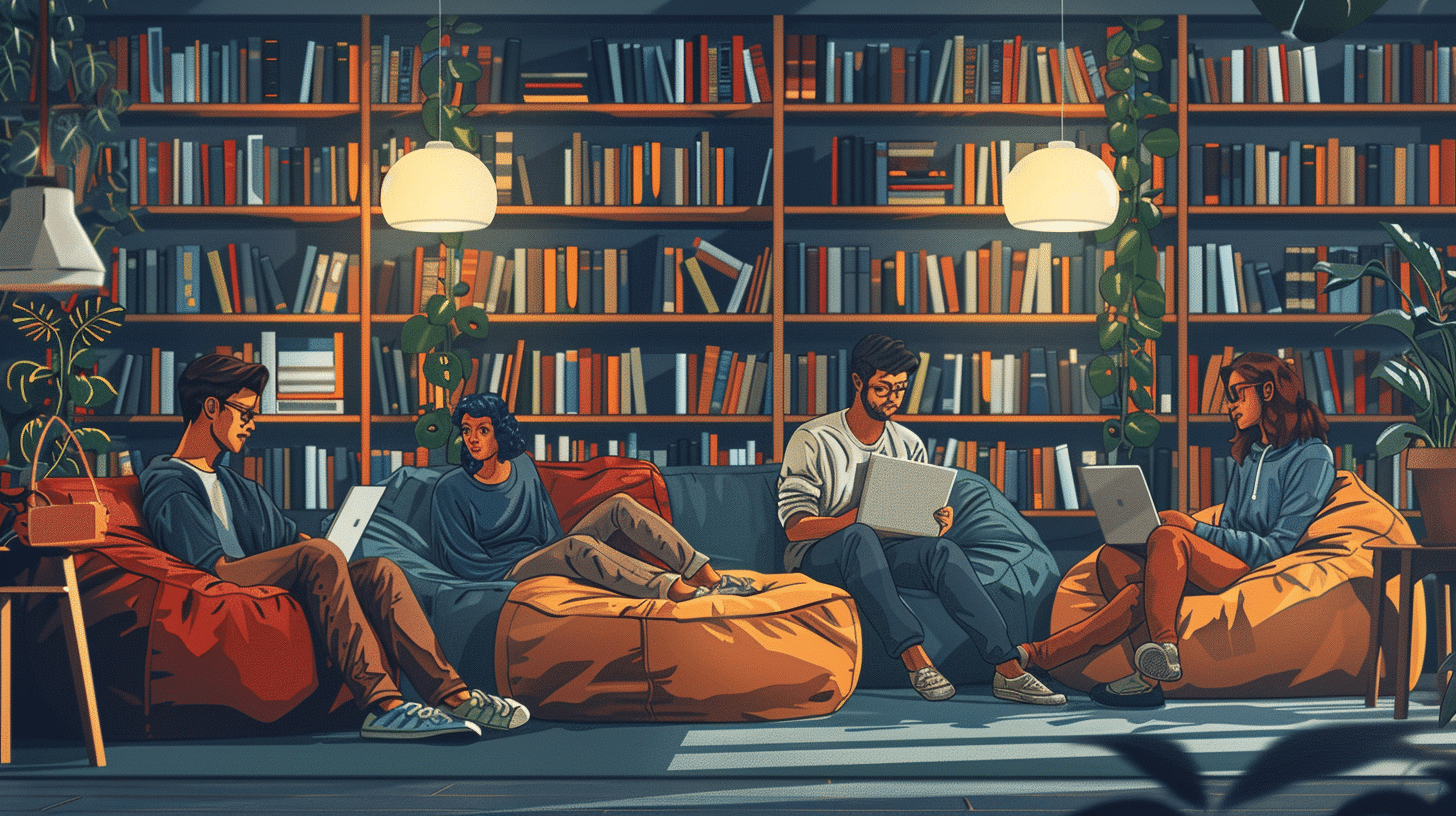Understanding گھر (ghar)
گھر (ghar) refers to a “home” in the emotional and personal sense. It is a place where one feels a sense of belonging, comfort, and personal attachment. The concept of گھر encompasses more than just the physical structure; it includes the warmth, memories, and familial bonds associated with the place.
گھر (ghar) – Home
وہ اپنے گھر واپس آ گیا۔
In this sentence, گھر is used to denote a place of personal significance, where one returns to feel at peace and comfortable.
Understanding مکان (makaan)
مکان (makaan) refers to a “house” in the physical and structural sense. It is the building or dwelling where people live. The term مکان focuses more on the physical attributes of the dwelling rather than the emotional connections.
مکان (makaan) – House
یہ مکان بہت بڑا ہے۔
Here, مکان is used to describe the physical size of the house, emphasizing its structure rather than the emotional attachment to it.
Comparative Analysis of گھر (ghar) and مکان (makaan)
To fully grasp the difference between گھر and مکان, it’s essential to look at how these words are used in various contexts. Both words can sometimes be used interchangeably, but the context often determines the most appropriate choice.
Emotional Attachment
گھر (ghar) is often used in contexts where emotional attachment and personal significance are highlighted. It denotes a sense of warmth, comfort, and belonging.
گھر (ghar) – Home
مجھے اپنے گھر کی بہت یاد آتی ہے۔
In this example, the speaker is expressing a longing for their home, indicating an emotional connection.
On the other hand, مکان (makaan) is typically used in a more detached, objective manner, focusing on the physical characteristics of the dwelling.
مکان (makaan) – House
اس کا مکان شہر کے مرکز میں ہے۔
This sentence highlights the location of the house without implying any emotional attachment.
Usage in Real Estate
In the context of real estate, مکان (makaan) is more commonly used as it refers to the physical properties of the dwelling.
مکان (makaan) – House
انہوں نے نیا مکان خریدا۔
Here, the purchase of a new house is mentioned, focusing on the transaction and the physical property.
Conversely, گھر (ghar) might be used when discussing the potential for creating a home within a real estate context, emphasizing the personal and emotional aspects.
گھر (ghar) – Home
ہم اس مکان کو اپنا گھر بنائیں گے۔
In this example, the speaker talks about turning the house into a home, highlighting the transformation from a physical structure to a place of emotional significance.
Idiomatic Expressions
Both words appear in various idiomatic expressions in Urdu, further illustrating their distinct connotations.
گھر (ghar) – Home
گھر کی مرغی دال برابر۔
This idiom means that something familiar or close to home is often undervalued.
مکان (makaan) – House
مکان بنانا آسان نہیں۔
This phrase means that building a house is not easy, focusing on the physical effort and resources required.
Contextual Usage in Sentences
Understanding the contextual usage of گھر and مکان can help clarify their differences. Let’s look at a few more examples:
گھر (ghar) – Home
گھر کے سب لوگ خوش ہیں۔
This sentence emphasizes the happiness of the people within a home, indicating a personal and familial space.
مکان (makaan) – House
یہ مکان تعمیر کے مرحلے میں ہے۔
Here, the focus is on the construction phase of the house, highlighting its physical aspects.
Combining Both Words
In some contexts, both words can be used together to describe different aspects of the same place.
گھر (ghar) and مکان (makaan) – Home and House
یہ مکان ہمارا گھر بن چکا ہے۔
This sentence indicates that the physical house has become a home, merging the structural and emotional aspects.
Conclusion
The distinction between گھر and مکان in Urdu is subtle yet significant. گھر conveys a sense of emotional attachment, comfort, and personal significance, while مکان refers more to the physical structure and attributes of a dwelling. Understanding these nuances can enrich your comprehension and usage of Urdu, allowing you to express yourself more accurately and effectively.
As you continue your journey in learning Urdu, paying attention to such differences will not only enhance your vocabulary but also deepen your appreciation for the language’s expressive richness. Remember, language is not just a means of communication but also a reflection of culture, emotions, and human experiences. Happy learning!









